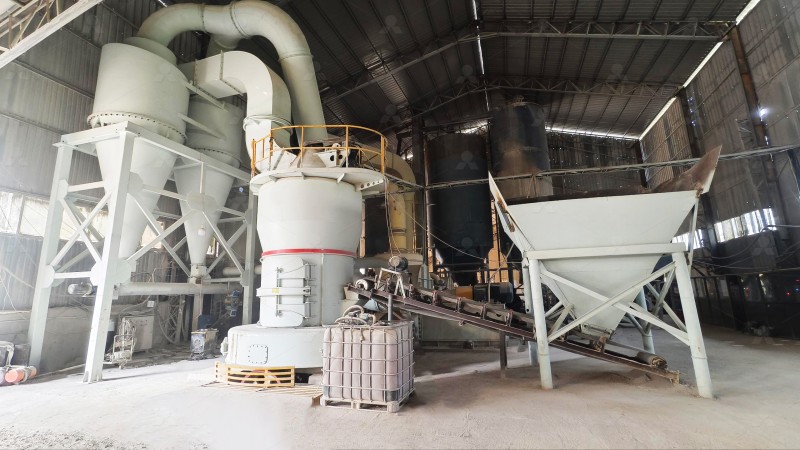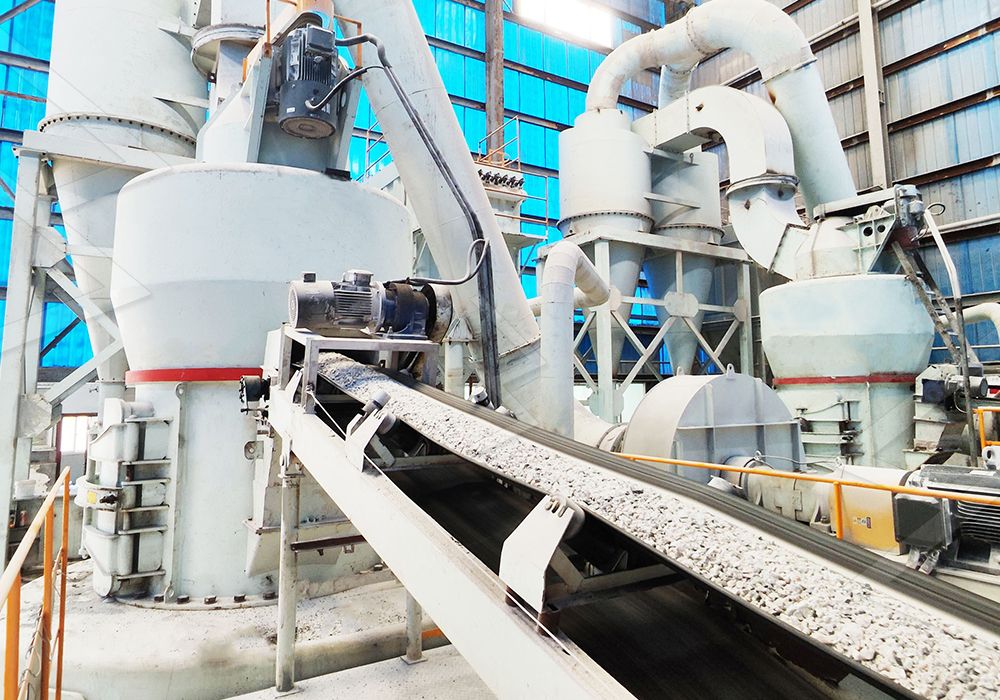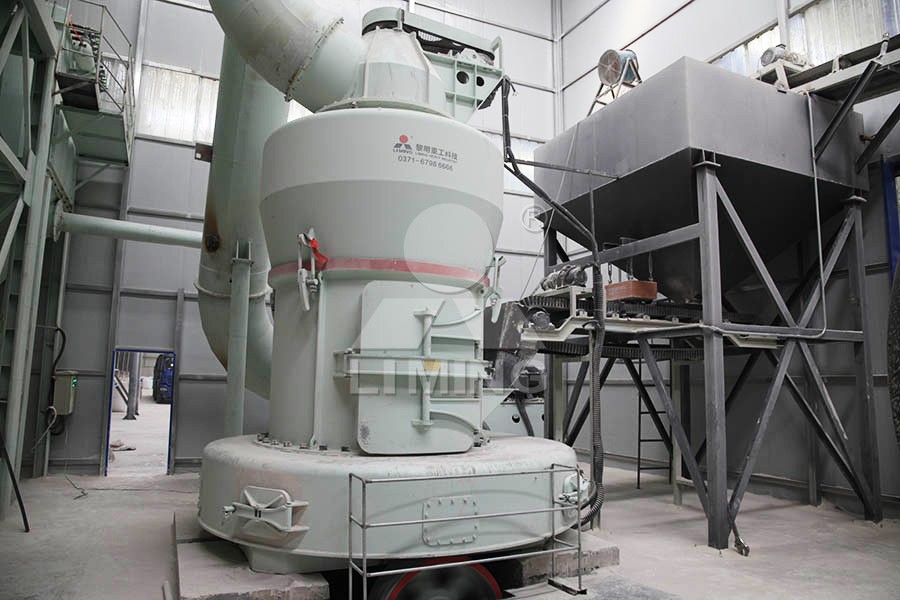MTM Series Trapezium Mill for Primary Crushing and Coarse Grinding
MTM Series Trapezium Mill: Revolutionizing Primary Crushing and Coarse Grinding Operations
In the demanding world of mineral processing and aggregate production, finding equipment that efficiently handles primary crushing and coarse grinding stages can significantly impact operational costs and final product quality. The MTM Series Trapezium Mill stands as a robust solution specifically engineered to excel in these critical applications, offering operators a reliable workhorse for their most challenging milling requirements.

Engineering Excellence in Coarse Material Processing
The MTM Series incorporates several proprietary technologies that distinguish it from conventional grinding equipment. Its bevel gear overall drive system delivers power more efficiently than traditional worm gear transmissions, resulting in lower energy consumption and reduced maintenance requirements. The inner automatic thin-oil lubricating system ensures consistent lubrication to critical components, extending service life and preventing unexpected downtime.
What truly sets the MTM Series apart is its unique grinding mechanism design. The curved air channel with low resistance allows for smoother material flow and reduced energy loss. The split-type shovel blade, engineered with a cambered profile, effectively enlarges the working area and enhances production efficiency. This design proves particularly beneficial when processing coarse materials directly from primary crushing stages, as it can handle varying particle sizes without compromising grinding performance.
Advanced Features for Demanding Applications
The MTM Series demonstrates exceptional versatility across multiple industries, including mining, construction materials, and chemical processing. Its ability to process materials with input sizes up to 50mm and achieve capacities ranging from 3-55 tph makes it suitable for both medium and large-scale operations. The grinding rollers and rings, manufactured from wear-resistant alloy developed through collaboration with scientific institutes, offer service life 1.7-2.5 times longer than traditional high manganese steel components.
Environmental considerations are integral to the MTM design. The professional dust removal system ensures minimal dust emission, complying with stringent environmental standards. The compact footprint reduces the required installation space while maintaining high throughput capacity, an important consideration for operations with limited available area.

Complementary Solutions for Complete Processing Lines
While the MTM Series excels in primary crushing and coarse grinding applications, many operations require additional processing stages to achieve ultra-fine powders. For these requirements, we recommend considering our MW Ultrafine Grinding Mill, specifically designed for customers needing to produce ultra-fine powder between 325-2500 meshes. This machine features higher yielding with lower energy consumption, achieving production capacity 40% higher than jet grinding mills and twice that of ball grinding mills, while consuming only 30% of the energy of jet grinding systems.
For operations requiring even more advanced ultrafine processing capabilities, our LUM Ultrafine Vertical Grinding Mill represents the pinnacle of grinding technology. Independently developed with the latest Taiwanese grinding roller technology and German powder separating technology, the LUM grinding mill integrates ultrafine powder grinding, grading, and transporting in a single unit. Its unique roller shell and lining plate grinding curve design generates material layers more easily and achieves high rates of finished products through single-pass powder milling.
Operational Advantages in Real-World Conditions
Field performance data from multiple installations confirms the MTM Series’ reliability under continuous operation. The elastic volute damping structure effectively reduces vibration damage, while the absence of rolling bearings and screws in the grinding chamber eliminates concerns about bearing damage or machine failure caused by loose fasteners. The digitalized processing of all components ensures high precision, particularly for core parts that undergo the most stress during operation.

Maintenance simplicity further enhances the MTM Series’ value proposition. The split structure of vulnerable spare parts facilitates replacement and reduces downtime. Combined with our comprehensive spare parts supply chain and technical support services, operators can maintain peak performance with minimal operational disruptions.
Frequently Asked Questions
What materials can the MTM Series Trapezium Mill process?
The MTM Series handles various materials including limestone, calcite, dolomite, petroleum coal, gypsum, barite, marble, talc, and coal powder, among others. Its robust construction makes it suitable for both metallic and non-metallic mineral applications.
How does the MTM Series compare to traditional Raymond mills?
The MTM Series incorporates multiple technological improvements over traditional Raymond mills, including a more efficient drive system, advanced grinding curve design, better dust control, and higher throughput capacity with lower energy consumption.
What maintenance intervals are typical for the MTM Series?
Maintenance requirements vary based on operating conditions and materials processed, but the automatic lubrication system and wear-resistant components typically allow for extended operation between maintenance cycles. Regular inspections of grinding rollers and rings are recommended every 1,000-1,500 operating hours.
Can the MTM Series be integrated with other grinding equipment?
Yes, the MTM Series works effectively as part of a complete grinding circuit. It can serve as the primary coarse grinding stage, with finer grinding handled by complementary equipment like the MW Ultrafine Grinding Mill or LUM Ultrafine Vertical Grinding Mill for operations requiring multiple product specifications.
What environmental features does the MTM Series include?
The system incorporates efficient pulse dust collection, noise reduction technology, and closed-system operation to minimize environmental impact. The equipment meets international environmental standards for dust emissions and noise pollution.
